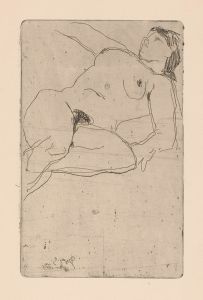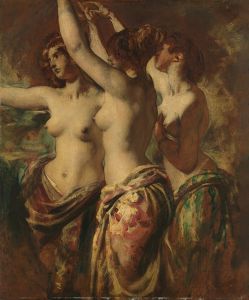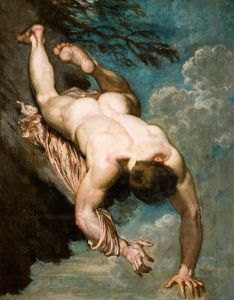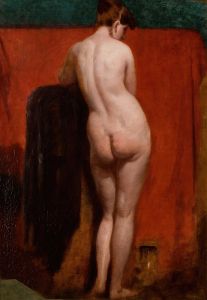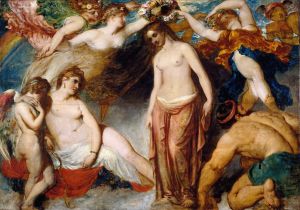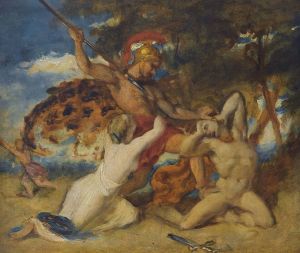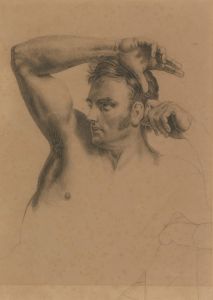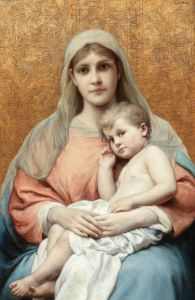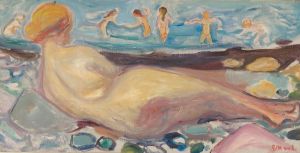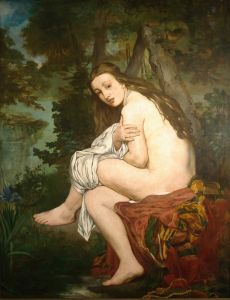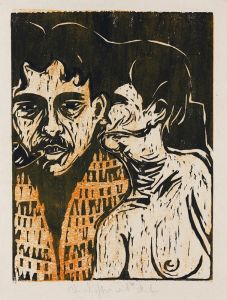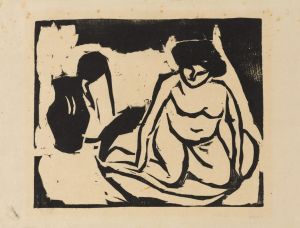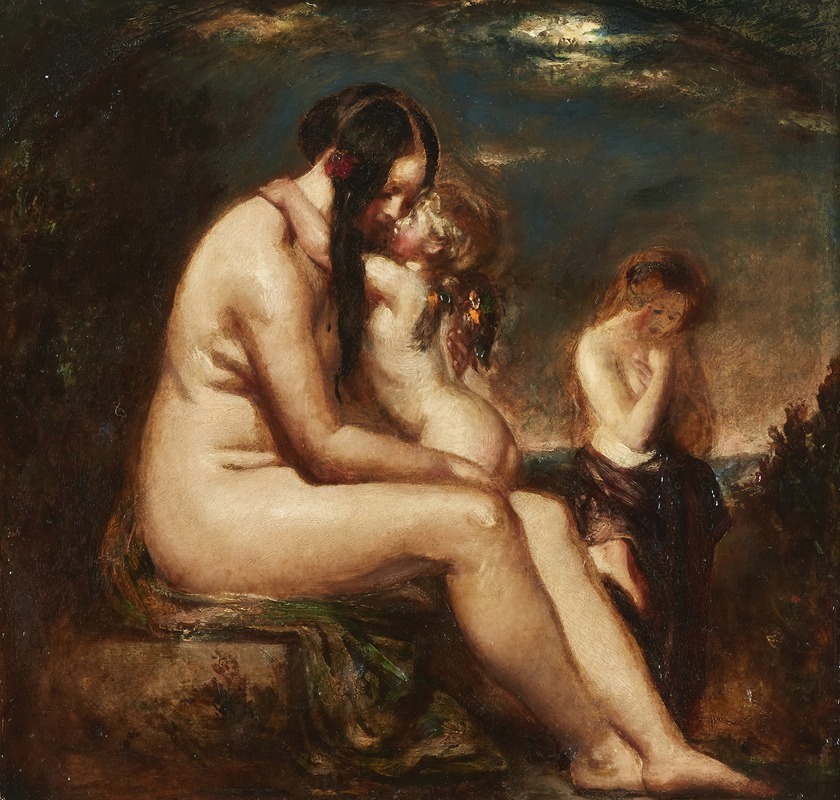
The Dawn of Love
A hand-painted replica of William Etty’s masterpiece The Dawn of Love, meticulously crafted by professional artists to capture the true essence of the original. Each piece is created with museum-quality canvas and rare mineral pigments, carefully painted by experienced artists with delicate brushstrokes and rich, layered colors to perfectly recreate the texture of the original artwork. Unlike machine-printed reproductions, this hand-painted version brings the painting to life, infused with the artist’s emotions and skill in every stroke. Whether for personal collection or home decoration, it instantly elevates the artistic atmosphere of any space.
"The Dawn of Love" is an oil painting created by the English artist William Etty, who was renowned for his depictions of the human form and historical subjects. Etty, born in 1787 in York, England, was a prominent figure in the British art scene during the 19th century, particularly known for his ability to capture the beauty and complexity of the human body.
Completed in 1828, "The Dawn of Love" exemplifies Etty's fascination with classical themes and his skillful use of color and composition. The painting portrays a mythological scene, a common subject in Etty's work, reflecting the influence of classical antiquity and the Renaissance on his artistic development. Etty was inspired by the works of the Old Masters, particularly Titian and Rubens, which is evident in his rich color palette and dynamic compositions.
In "The Dawn of Love," Etty explores themes of love and beauty, central motifs in his oeuvre. The painting depicts a tender and intimate moment, capturing the essence of love's awakening. Etty's attention to detail and his ability to render the human form with anatomical precision are evident in the delicate portrayal of the figures. The use of light and shadow enhances the sensuality of the scene, a hallmark of Etty's style.
Etty's work often sparked controversy due to its sensual nature, and "The Dawn of Love" was no exception. During the 19th century, the depiction of nudity in art was a contentious issue in Britain, and Etty faced criticism for what some considered indecent subject matter. Despite this, he remained committed to his artistic vision, arguing that the human form was a legitimate and noble subject for art.
"The Dawn of Love" was exhibited at the Royal Academy in London, where Etty frequently showcased his work. The painting was part of a larger body of work that established Etty as a master of the nude and a significant figure in the Romantic movement in British art. His ability to blend classical themes with a romantic sensibility set him apart from his contemporaries.
Etty's contribution to art extends beyond his paintings. He was a member of the Royal Academy and played a role in the education of future artists. His dedication to his craft and his influence on the depiction of the human form in art have left a lasting legacy.
Today, "The Dawn of Love" is appreciated for its artistic merit and its place within the broader context of 19th-century British art. Etty's work continues to be studied and admired for its technical skill and its exploration of timeless themes. The painting is part of various collections and has been displayed in exhibitions that celebrate Etty's contribution to the art world.





